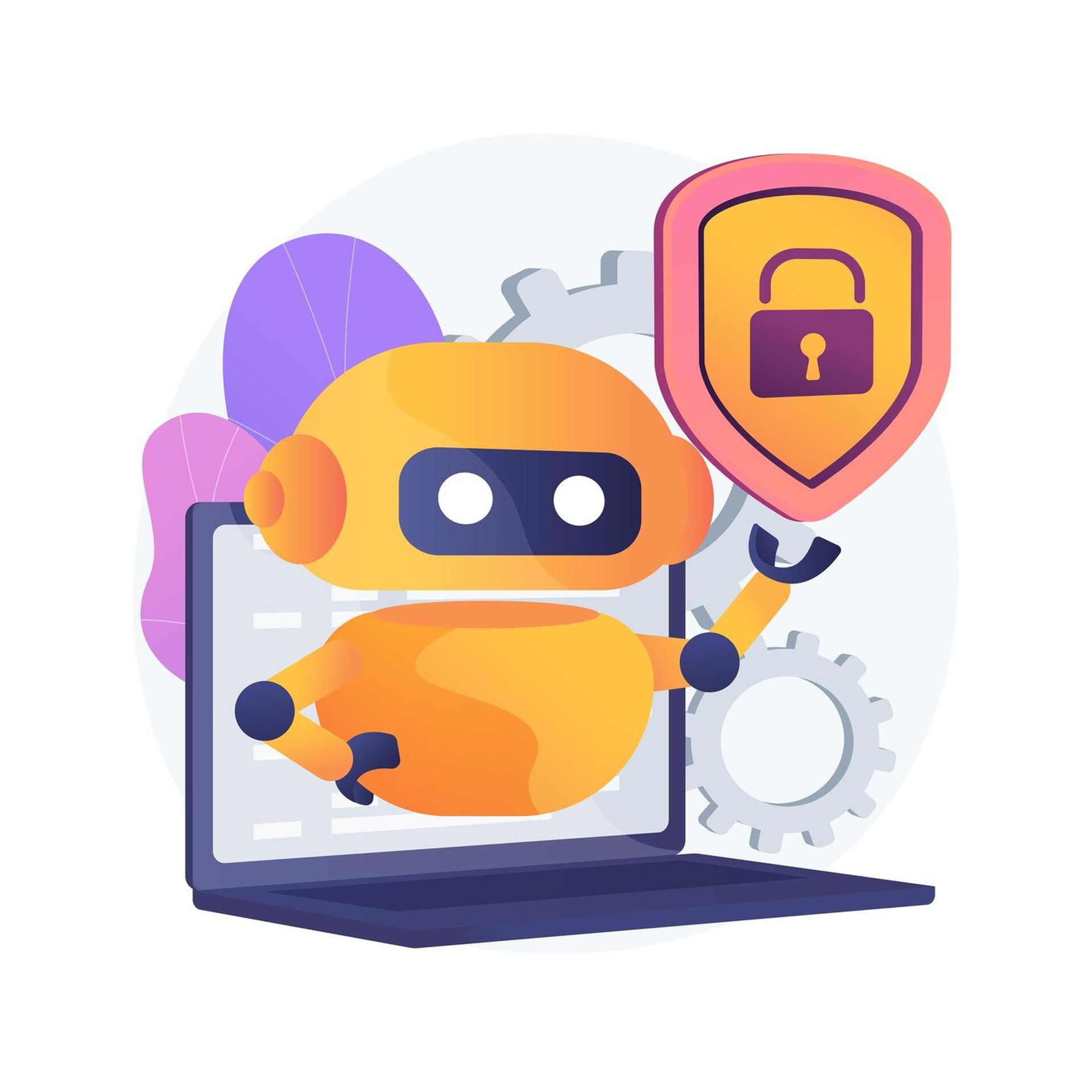and the distribution of digital products.
Future trends in conversational AI: What to expect in the next decade

Conversational AI is changing how businesses work. In recent years, more companies have started using this technology. It’s not just for customer service anymore. Now, it’s also helping with sales, HR, and daily operations.
Using AI for sales is becoming popular as businesses recognize the value of automated interactions in improving conversion rates while lowering operational costs. This shift is paying off. A recent study found that 57% of businesses report significant returns on their chatbot investments.
As we look to the future, conversational AI is set to bring even bigger changes. Over the next ten years, we’ll see new trends that will change many industries.
These developments promise to cut costs and boost efficiency in ways we’re only starting to imagine. Let’s explore what’s coming and how it might affect different industries worldwide.
Future trends in conversational AI: What to expect in the next decadeConversational AI has made huge strides in the last five years. These systems are now more intelligent and useful than ever, solving many of the early problems they faced. Let’s explore some key trends that will shape the future of conversational AI.
 (Image credit)
Smarter bot teams
(Image credit)
Smarter bot teams
Businesses are starting to use multiple specialized bots instead of one big bot. Each bot is an expert in its area. For example, an online store might have different bots for returns, suggesting products, and answering shipping questions.
This approach helps customers get better answers faster. Fewer people need to step in to help, saving the business money. These specialized bots can give more personal service and solve problems quickly.
As this trend grows, we’ll see businesses using teams of AI helpers, each with its job. This setup will make it easier for customers to get the help they need without waiting or being passed around.
AI in virtual worldsAs virtual worlds like the metaverse grow, conversational AI will play a significant role in how we use them. Imagine walking into a virtual store and having an AI helper show you around, just like in a real shop. Or picture visiting a digital museum where an AI guide tells you about the art.
These AI assistants will make it easier for people to use these new virtual spaces. They’ll help new users learn how things work and find what they want.
This means businesses can create fun, engaging places for customers without needing many staff. It’s a way to make virtual experiences feel more natural and keep customers returning.
AI that remembers and understandsFuture AI will better understand the whole picture when you talk to it. It will help you remember past conversations and learn more about what you like. This means it can give better help without you explaining everything each time.
For example, when you chat with an online store, the AI might remember what you bought before and suggest similar things you might like. This kind of AI will make customers happier because they get faster, more helpful service.
It also means businesses won’t have to answer the same questions repeatedly, saving time and money. As AI gets better at understanding context, it will feel more like talking to someone who knows you well.
 (Image credit)
AI that works everywhere
(Image credit)
AI that works everywhere
In the future, AI helpers will work smoothly across all the ways you talk to a company. You might start chatting on a website and switch to a phone app without missing a beat. The AI will remember your discussion and pick up where you left off.
This means you won’t have to repeat yourself, no matter how you choose to get in touch. For businesses, this is a big win. They won’t need to make different AI systems for each way customers reach out.
This saves money when creating and running these systems. It also makes things easier for customers, which means fewer frustrated calls and happier people overall.
Smarter problem-solvingAI is getting better at handling tough questions and complex issues. Soon, it will be able to work through tricky problems step by step, just like a human expert would. Imagine calling your internet company because your connection is slow.
Instead of waiting for someone, an AI could walk you through all the steps to fix it. It could ask you questions, understand your answers, and give you the right solution. This is great for businesses because they can solve complex problems without always needing a human to step in.
Staff can then focus on bigger tasks that require human thinking while the AI handles the day-to-day issues.
Voice helpers that understand you easilyVoice AI is improving fast. Soon, it will be much better at understanding different accents and picking up your voice even when there’s noise around. These competent voice helpers will also start to understand your situation.
If you’re in a quiet place, they might speak softly. They’ll get to the point faster if you’re in a hurry. This means fewer mix-ups and frustrations when you’re trying to get help.
This is excellent news for companies. When AI understands you better, you’ll need less help from real people. This saves money and makes customers happier because they get the right help quickly.
AI that knows what you wantFuture AI will get good at figuring out what you like. It will look at lots of information about you to give suggestions that fit you perfectly. Think about a music app that knows what songs to play based on how you feel that day.
Or an online store that shows you things you’ll love before you start looking. This kind of AI makes shopping and using services more fun and easy. It’s suitable for businesses, too. When customers get suggestions they like, they’re more likely to buy things or keep using a service. This means companies can sell more without spending extra money on ads.
AI that speaks your languageSoon, AI will be able to talk to people in many languages without human translators. This is a big deal for companies that work in many countries. Imagine a store where the AI helper can easily switch between languages, depending on the customer’s preference.
This means businesses can help people worldwide without hiring many people who speak different languages. It’s a great way for companies to reach more customers and ensure everyone gets good service, regardless of their language.
AI & privacyAs AI gets more innovative, it must also be trustworthy. Future AI will be better at explaining how it uses your information and will follow rules to keep your data safe. It will also try to be fair to everyone, no matter who they are.
 (Image credit)
(Image credit)
For example, talking to an AI might tell you exactly what it’s doing with your information and ask if that’s okay. This is good for people because they can feel safer using AI.
It’s also suitable for businesses. When people trust AI, they’re more likely to use it. This means fewer problems with laws about privacy and more happy customers who stick around.
The AI-powered future of businessesWe’ve talked about many new things that AI will be able to do soon. These changes will greatly affect how businesses work in the next ten years. To stay ahead, companies should start using these new AI tools now.
The sooner they start, the better prepared they’ll be for the future. If you’re unsure where to begin, it’s a good idea to talk to experts who know much about AI. They can help you pick the right AI tools that will grow with your business. Starting now, you can save money and make your business run smoother in the long run.
Featured image credit: Google DeepMind/Unsplash
- Home
- About Us
- Write For Us / Submit Content
- Advertising And Affiliates
- Feeds And Syndication
- Contact Us
- Login
- Privacy
All Rights Reserved. Copyright , Central Coast Communications, Inc.